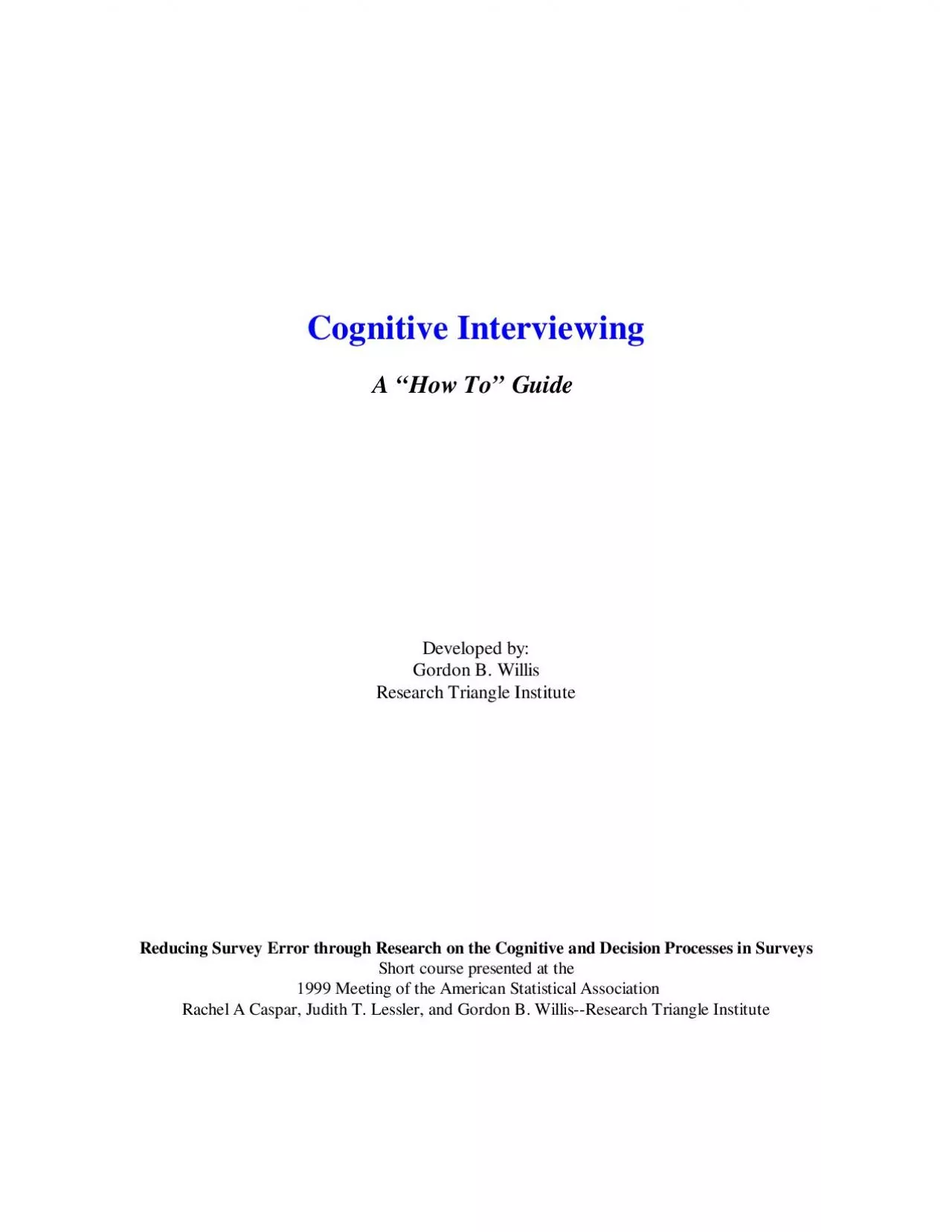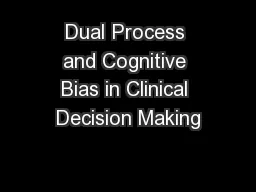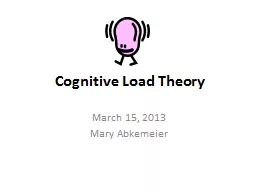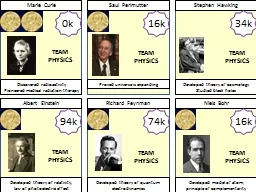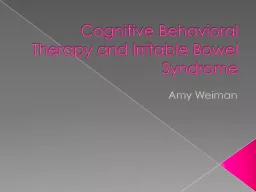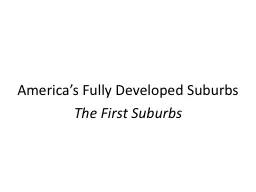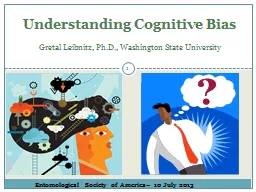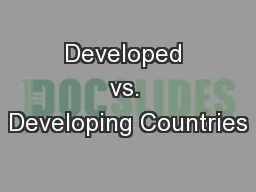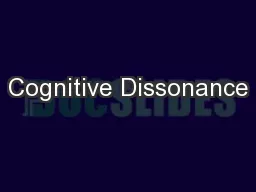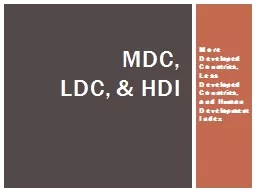PDF-Cognitive InterviewingA 147How To148 Guide Developed byGordon B
Author : ani | Published Date : 2022-08-24
Contentsii1 Background Cognitive Interviewing Techniques12 Cognitive Theory23 Cognitive Interviewing Methods ThinkAloud and Verbal Probing34 Examples from Cognitive
Presentation Embed Code
Download Presentation
Download Presentation The PPT/PDF document "Cognitive InterviewingA 147How To148 Gui..." is the property of its rightful owner. Permission is granted to download and print the materials on this website for personal, non-commercial use only, and to display it on your personal computer provided you do not modify the materials and that you retain all copyright notices contained in the materials. By downloading content from our website, you accept the terms of this agreement.
Cognitive InterviewingA 147How To148 Guide Developed byGordon B: Transcript
Download Rules Of Document
"Cognitive InterviewingA 147How To148 Guide Developed byGordon B"The content belongs to its owner. You may download and print it for personal use, without modification, and keep all copyright notices. By downloading, you agree to these terms.
Related Documents

